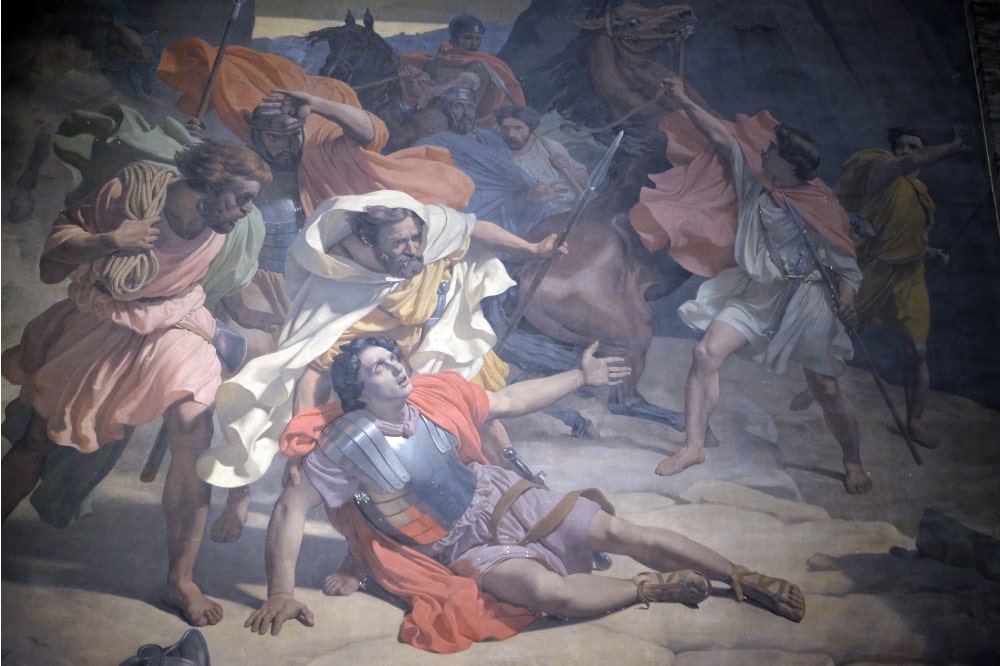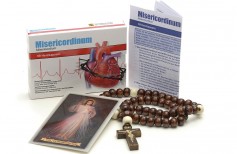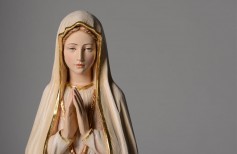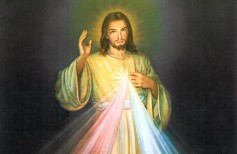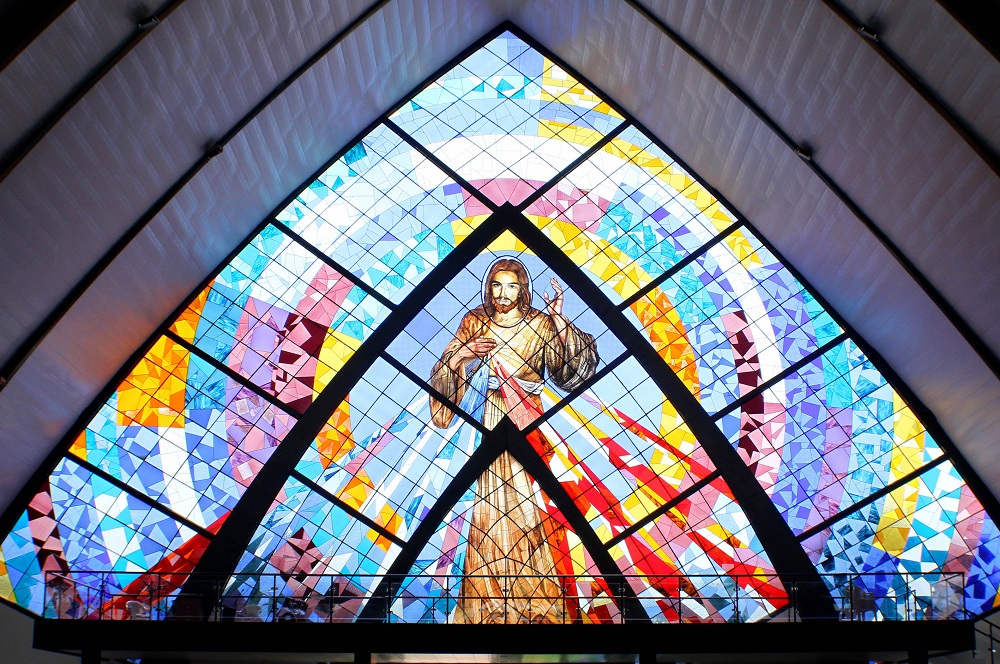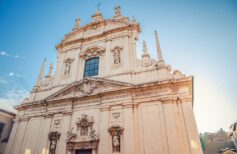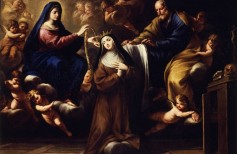Holy sinners. A contradiction in terms? Not always. Here are the saints who converted after a life of sin
Contents
Is one born or becomes a saint? Men and women are born, and this is enough to show how each of us can be prey to sin, susceptible to guilt, and even crimes against men and against God. Thus it happened that men who lived part of their lives in sin were converted, at a certain point, and embraced faith and mercy to the point of becoming saints. Holy sinners, therefore, become an example for all of us, not only for their virtue, for the heights of holiness they have been able to reach, but also for the abysses they have debated, coming out better. The message that these characters spread is a message of hope, the hope of redemption that we can all yearn for, because God is always ready to collect our supplications, to forgive our mistakes if we recognize them and are willing to make amends, with the sincere heart and the humility of the penitent.
We see whom the holy sinners are, emerging from the darkness after knowing the fault, to shine even brighter for God and men.

The saints that changed the world
We cannot forget about a list of saints that made a deep impression not only in Church
Saint Paul of Tarsus
The saying “Struck on the road to Damascus” comes from one of the most famous and venerated saints of the Catholic Church. We speak of Saint Paul the Apostle, the first, great missionary of the Christian Church, formerly known as Saul of Tarsus and, with this name, a fierce persecutor of Christians. Before embracing the faith, Saul persecuted Christians, in his eyes dangerous subversives, and contributed and participated actively in the arrest and condemnation of many of them. His conversion took place on the road to Damascus, where he was going precisely to torment the Christians of the city in the name of the Sanhedrin of Jerusalem. Bathed in a dazzling light that blinded him, he heard a voice that said, “Saul, Saul, why do you persecute me?”. And he: “Who are you, O Lord?”; and the voice: “I am Jesus whom you persecute. Rise up and enter the city, and you shall be told what you must do” (Acts 9:3-7).
With the religious zeal and enthusiasm that sustained him for the rest of his life, Paul made everyone forget his past sins, becoming the greatest missionary in the church of all time. He courageously faced imprisonment and martyrdom and left the Letters and many works that are the basis of the Doctrine of the Church as we know it. The conversion of Saint Paul is a symbol of the possibility of redemption for everyone.
Saint Camillus de Lellis
A gambling-addicted outlaw, frequenter of taverns and brothels, drinking-and-gambling-addict. You wouldn’t think you were a saint! Yet it was thus that Saint Camillus de Lellis, founder of the Camillians and patron saint of the sick, led the first part of his life. The son of an officer in the service of Spain, he was a soldier of fortune, sick with gambling to the point of losing everything and finding himself living by gimmicks in the street. Welcomed in the Capuchin Convent of Manfredonia, he began a journey of redemption, which continued in the hospital of San Giacomo degli Incurabili in Rome, first as a patient, then as a servant, finally as a treasurer and Master of the House. Here he discovered his vocation for the care of the sick and later gave birth to the Society of Ministers of the Sick, dedicated to the care of men suffering from serious and repugnant diseases, often incurable. Devoting the rest of his life to the care and hospitality of men and women burdened by terrible diseases, he made everyone forget his past as a vicious sinner and his Camillians still bring comfort to those who suffer in every part of the world.
Saint Matthew
Saint Matthew, chosen by Jesus to be one of the twelve apostles and author of one of the four canonical Gospels, was, first of all, a publican, or a tax collector. At the time he was called Levi, son of Alpheus, and his job was to collect taxes in advance for the Roman treasury, tormenting those who could not pay and ruling as the worst of usurers. In the eyes of the other Jews, Levi was a sinner twice, because he handled Roman money with the effigy of the Emperor engraved, a practice forbidden by priests. Nevertheless, one day Jesus passed by him while he was sitting at the tax office and simply said: “Follow me” (Mark 2:14). And Levi/Matthew followed him, becoming one of his most faithful and preaching His word to the point of suffering martyrdom in His name.
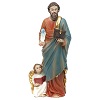
Saint Disma
Saint Disma represents a unique case: he was the only Saint to be canonized by Jesus himself. He went to Heaven directly, in short, and this is even more surprising if we think that Disma was a criminal, one of the two robbers crucified on the right and left of Jesus on Golgotha. But unlike the other thief who was being tortured, and who continued to make fierce fun of Jesus in agony, Disma used his last breath to defend him, arguing that, unlike the two of them who were rightly paying for their sins, Jesus suffered the same pain when he was innocent and did nothing wrong (Luke 23:40-41). His extreme repentance and demonstrated mercy caused Jesus to promise him Paradise at his side, after a life of sin and crime.
Saint Augustine
Saint Augustine of Hippo was a distinguished philosopher, a bishop venerated by all and an excellent theologian, as well as Father of the Church and author of some of the most beautiful and intense pages of ecclesiastical literature and not. But before that, he was a sinner. He had for years a mistress, with whom he also conceived a son out of wedlock, and dragged himself throughout his turbulent youth between vices and sins, most often committed out of boredom, not actual necessity, like the famous theft of the pears of which he himself will write once reformed. In the Confessions, autobiography and summa of Augustine’s spiritual and human thought, he turns to God to recount his conversion, his passage from the old self, dedicated to vice and sin, to the awareness of his new “I” and affirms that anyone can change his life at any time, abandoning bad habits and embracing a new path.
Saint Pelagia
Pelagia of Antioch lived in the third century A.D. and before becoming a Saint she was a very famous actress and dancer. She lived a life of pomp and debauchery, surrounded by servants and dressed like a queen, with pearls and precious stones. She had crowds of lovers who adored her and were never full of her. Legend has it that he heard the blessed bishop Grandfather speak, who even pointed to the other prelates as an example of beauty and self-care, where their churchmen did not care enough for their souls. Illuminated by those words Pelagia wanted to be baptized and spent the last part of her life in prayer and hermitage. He was believed to be a man and only after his death was his identity discovered.
Saint Mary of Egypt
Even Mary of Egypt lived her last years as a hermit in the desert, but before that she led a dissolute life, animated by an inextinguishable hunger for sexual experiences. Born in Alexandria in Egypt in 334, she fled home at a very young age and travelled extensively, abandoning herself to every lust and prostitution both out of necessity and for personal pleasure. Now a woman, she joined a group of pilgrims travelling to Jerusalem and seduced them one after another. But once she arrived in Jerusalem, she was seized by repentance and came to life before the icon of the Mother of God and the Cross of Jesus. He immersed himself in the waters of the Jordan to purify himself, and from that moment on dedicated his life to repentance, atonement and prayer.

